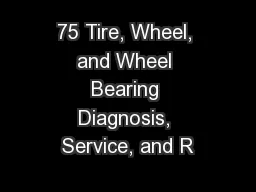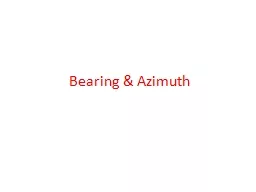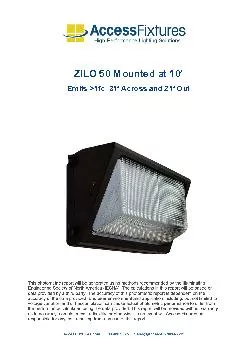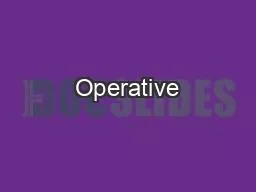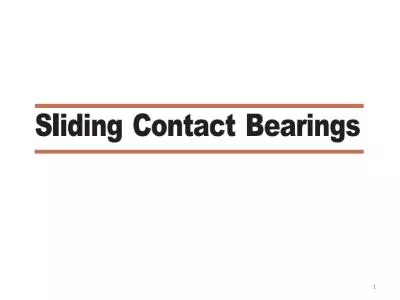PPT-Evaluation of the digital cushion and weight-bearing surfac
Author : olivia-moreira | Published Date : 2016-09-06
Mentor Julie Gard BS DVM PhD DACT and Dr Ray Wilhite Merial Summer Scholar Amy Sanders Lameness One of the two most costly diseases of the dairy industry 1
Presentation Embed Code
Download Presentation
Download Presentation The PPT/PDF document "Evaluation of the digital cushion and we..." is the property of its rightful owner. Permission is granted to download and print the materials on this website for personal, non-commercial use only, and to display it on your personal computer provided you do not modify the materials and that you retain all copyright notices contained in the materials. By downloading content from our website, you accept the terms of this agreement.
Evaluation of the digital cushion and weight-bearing surfac: Transcript
Download Rules Of Document
"Evaluation of the digital cushion and weight-bearing surfac"The content belongs to its owner. You may download and print it for personal use, without modification, and keep all copyright notices. By downloading, you agree to these terms.
Related Documents



